|
We had a chat with Whitney and David to learn more about their photography business, and what motivates them.
A little bit of background on David & Whitney Whitney Scott Photography is based in Arkansas and started as a family hobby. Whitney has loved photography since high school, and David is the ultimate computer geek! A business in photography was the perfect blending of their talents that has gone from strength to strength since it began. The Scott’s have photographed a little bit of everything, from the CEO’s of Fortune 500 companies, to magazine covers, to big rig truck calendars and once, a model in a ballgown they created out of trash. Most. Fun. Ever. The heart and soul of their business, however, is the everyday families whose relationships they photograph in ways that capture personality and connection. They are sought after educators in the professional photographic community and can frequently be found speaking at conferences and workshops across the US. This year they've embarked on a new venture with fellow photographers, Tavis and Amy Guild, with Tribe of 5, a collection of coach-led mastermind groups designed to give photographers support, community and accountability. You can find out more about it here.
0 Comments
As a wedding photographer, what’s your go to product? Traditionally, albums have been the mainstay for wedding clients. They have evolved and changed over the years but are still popular among wedding couples today. However, when digital came about, many photographers opted to go the route of offering “Digital Only Packages”. For some, this may have been in reaction to the consumer asking for “just digital images” and for others, it was just the easier option. After all, it takes a lot less work to supply a disc, USB or an online gallery at the end of the process than going through the motions of proofing and designing, re-proofing, ordering and delivering an album. However, by offering digital only packages, it’s very possible that the beautiful moments you captured in camera that day will never see daylight. Unfortunately this is the sad reality of a digital world. Yes, they may put a few up on social media but photography is an art and art deserves to exist in a physical form.
So you have 3 options: 1. You continue to just supply digital files to your clients knowing they may never get printed 2. You continue to offer albums to your clients and take the hit on those who don't want an album 3. You could try offering an alternative product and see the results for yourself but this requires an open mind. How open-minded are you? Understanding how to better connect with your clients is critical to the sustained success of your photography business and bridging the value-gap is an important piece of the jigsaw. This is part two in a series of posts that will discuss exactly how you can do this. In our previous post we discussed why clients might be asking for "just the digitals" and the irritating effect it tends to have on photographers. In this second part, we will look at why we need to embrace the change, shift our mindset about selling digital files, and how we might adapt our offerings so that we can bridge that value-gap. Fighting back against the consumer who is asking for digital files is a recipe for disaster.We need to learn to embrace this change and shift our mindset about selling digital files.
As ‘Tom Goodwin’ in his book ‘Digital Darwinism’ explains, in every era of innovative change, we as humans have reacted to each of the three stages of ‘Pre-Age’, ‘Mid-Age’ and ‘Post-Age’ in exactly the same way. In the ‘Pre-Age’, everything was just great, with incremental innovations based on the era. The Pre-digital era professional photography business model was built purely on selling printed products. The Photographer retained the copyright and the film negatives and if another print was required the consumer would have to go back to the Photographer. One example of this in wedding photography was the order of re-prints from a Bride & Groom's family and friends after they had viewed the wedding album. Quite often this was the ‘real profit’ made by the Photographer, with everything prior just fulfilling the living and business needs. It was truly the ‘cherry on top’. Everything was great. Any industry innovation was incremental and revolved around a different album cover or a new frame, but, aside from that, the business model and the offering did not change much. Most photographers had a studio on the high street and relied on footfall for much of their awareness and business. Then along came digital. We are still in the ‘Mid-Age’ of digital but will quickly pass into the ‘Post-Age’. In the 'Mid-Age' of any innovation there is much upheaval, confusion as to what to do, and many companies and businesses that don’t adapt simply cease to exist. We’ve all seen a prime example in our industry – the demise of Kodak! With the development of digital, we've seen many changes to the 'Pre-Age'. What's Changed With the internet, photographers no longer need to be on the high street to promote their brand. Selling printed products is not the only way to sell photographs, and newer technology is causing disruption with the introduction of USB drives and online galleries. Yet as an industry, we continue to see the request to buy ‘a digital image’ as heresy and question why the consumer even asks this. If we truly want to bridge the value-gap with the consumer we need to figure this out. In my humble opinion, to bridge the gap with the consumer we need to discover as an industry, how we can fulfil their inherent desire to have both the ‘Tangible’ and the ‘Digital’ while ensuring we have sustainable, profitable businesses. Unless we do this, we will not survive. Why? Understanding how to better connect with your clients is critical to the sustained success of your photography business and bridging the value-gap is an important piece of the jigsaw. This is part one in a series of posts that will discuss exactly how you can do this. In this first part, we will look at why clients ask for digital files. Fed up with clients asking “What do you charge for just digitals?”This question tends to cause a huge headache and boiling frustration for the photographer as they know that it's difficult to create a sustainable, profitable business selling just digitals. Apart from the personal irritation this request causes, photographers know there is a much bigger and more important reason why it is wrong for your client to just buy digitals. The reason? Printed portraits trigger happy memories in your clients' minds for decades and generations to come. Sales of printed products also tend to command a much higher AOV resulting in increased sales. As a bonus, research shows that happy memories help contribute to a healthier mental state - even better for the general population! Why do they want "Just Digitals"?Before we look at ways to combat the "digital only dilemma", let's analyse why consumers might be asking the question in the first place.
In my analysis, I tried to remain objective, and some of what I suggest might initially hurt some people but I strongly believe that as an industry we need to wake up and smell the coffee - quickly. I believe that we as vendors have got it wrong, that established photographers have got it wrong, that our associations have got it wrong and, that many of those teaching photography have got it wrong. Many of us collectively fail to understand what the consumer is actually saying when they ask “What do you charge for just digitals?" What they are actually asking is “Can I buy the digitals too?” Why does the consumer want the digital files? We live in the Digital Age. Most consumers nowadays use social media in some form or another. While they may still want to buy Folio Boxes, Wall Art, Albums and Prints from you, they also want a copy of the digital files to share on their timelines, or to show friends and family when they meet for coffee. Some people also want them for safekeeping in case anything ever happens their prints or indeed the photographer who created them. In summary:
Why do we not actually hear what they are saying? It's because we have been conditioned to see ‘Danger’ when the consumer asks for "Digitals Only". The biological human reaction when we anticipate ‘Danger’ is for our adrenaline to start rushing, which causes us to make irrational decisions around whether we ‘fight’ or ‘flee’ instead of trying to truly understand the question, and why our prospective client is asking it. Let’s try to change our mindset as an industry from one of ‘Danger, Danger, Danger’ to one of ‘Opportunity, Opportunity, Opportunity’, not just to survive, but to prosper. So how can you turn the desire for digital files from the consumer into an opportunity for your photography business? Find out in the next post... stay tuned... P.S. Make to join our free 3XM Insiders Facebook Group here for more fantastic content. It can be tricky to keep up with the evolution of the modern consumer and to keep an open mind about how you should adapt your business to the ever changing landscape, especially with the speed at which technology is changing. More photographs are being taken than ever before due to the fact that everyone now has a camera in their pocket. So what does that mean for professional photographers like you?
Well for a start, we know that most consumers want a digital copy of their photos. It has become the norm. And we're glad to see that many photographers have embraced that change rather than shying away from it, but does that mean professional photography has to become a digital only service? Absolutely not. |
AuthorsRonan Ryle Archives
August 2023
Categories
All
|
Information |
Products |
|

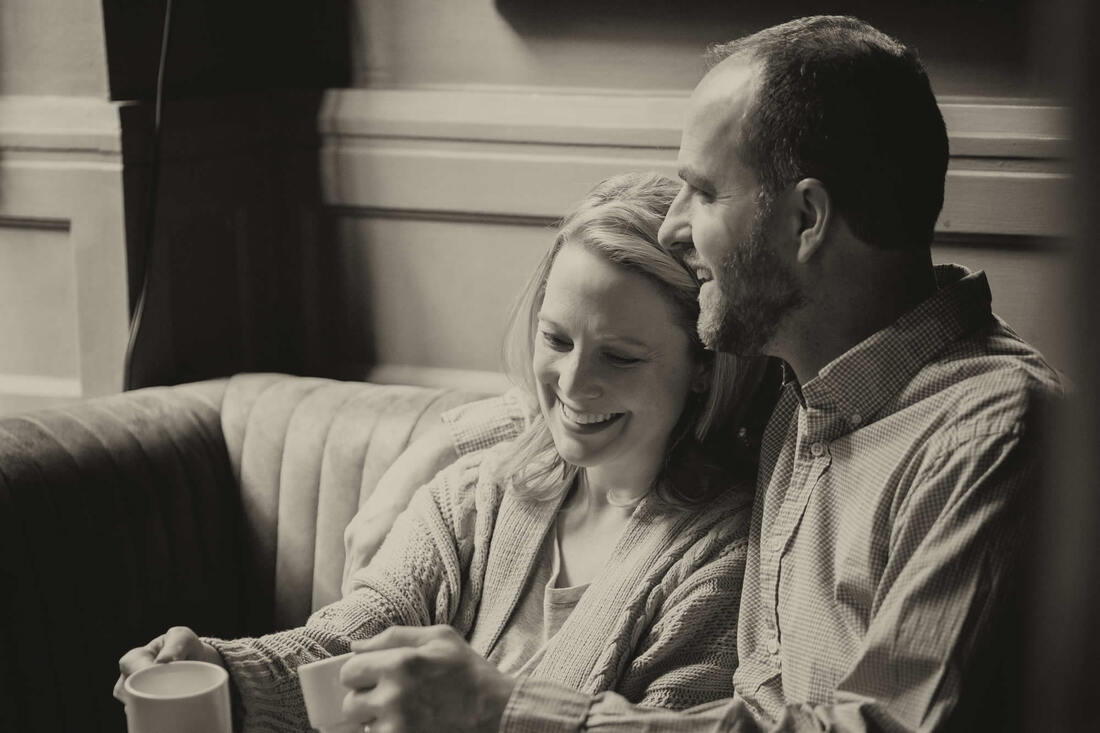
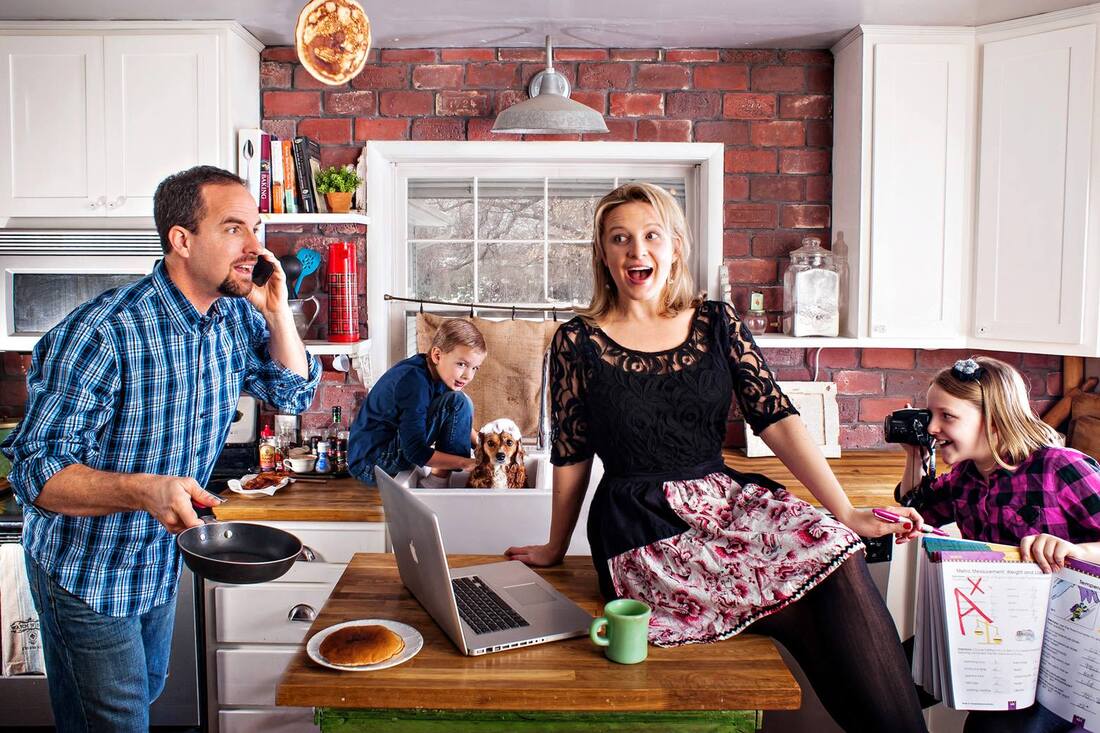
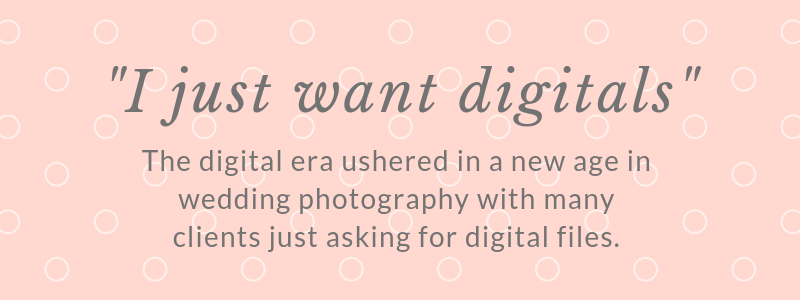
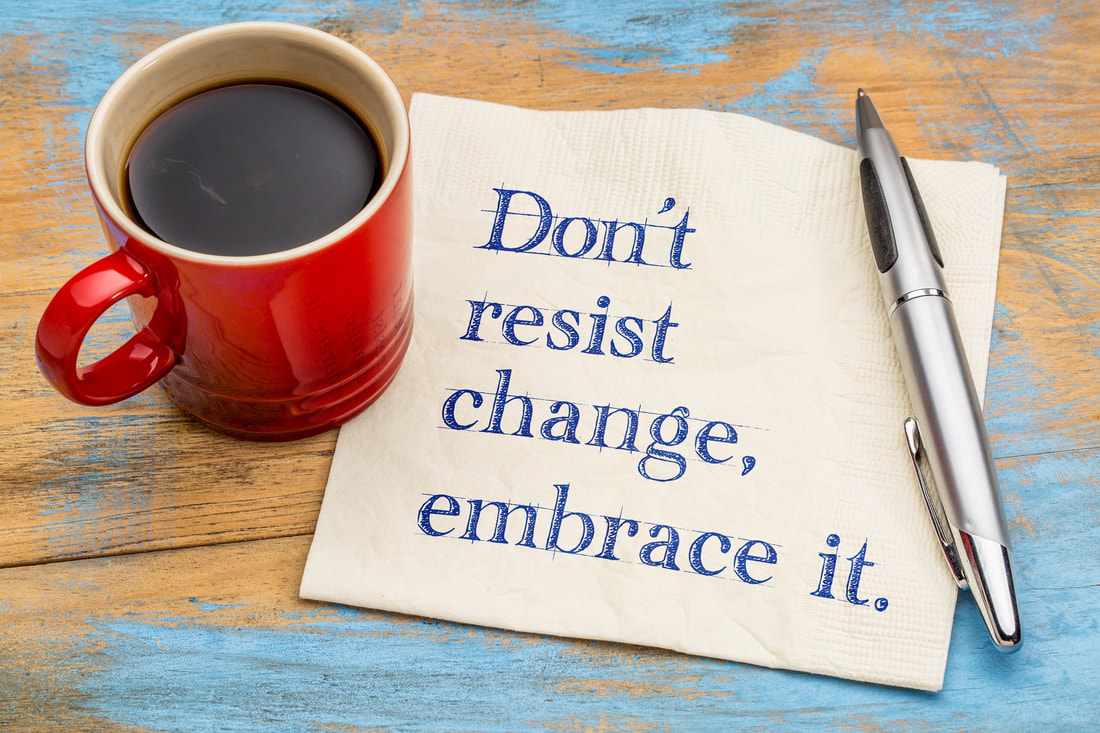

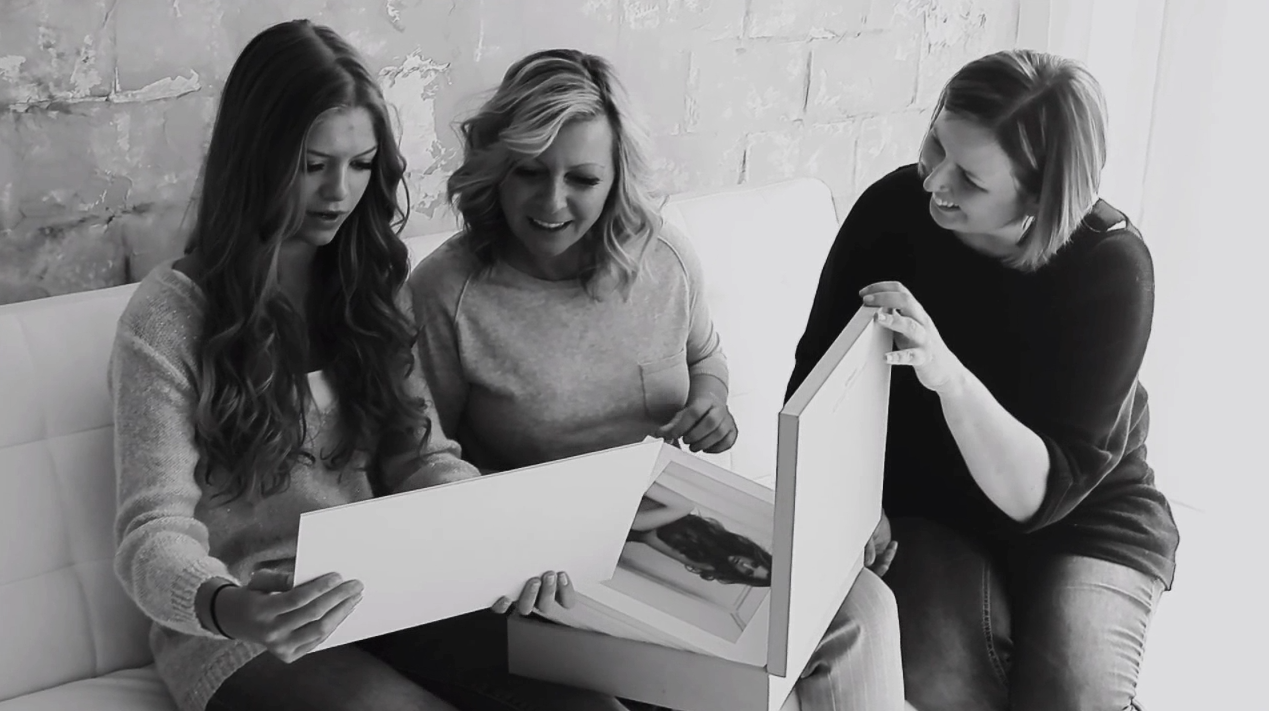


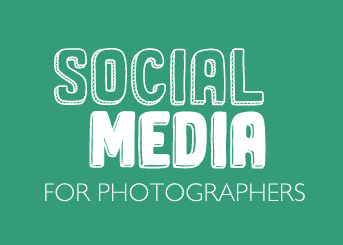

 RSS Feed
RSS Feed